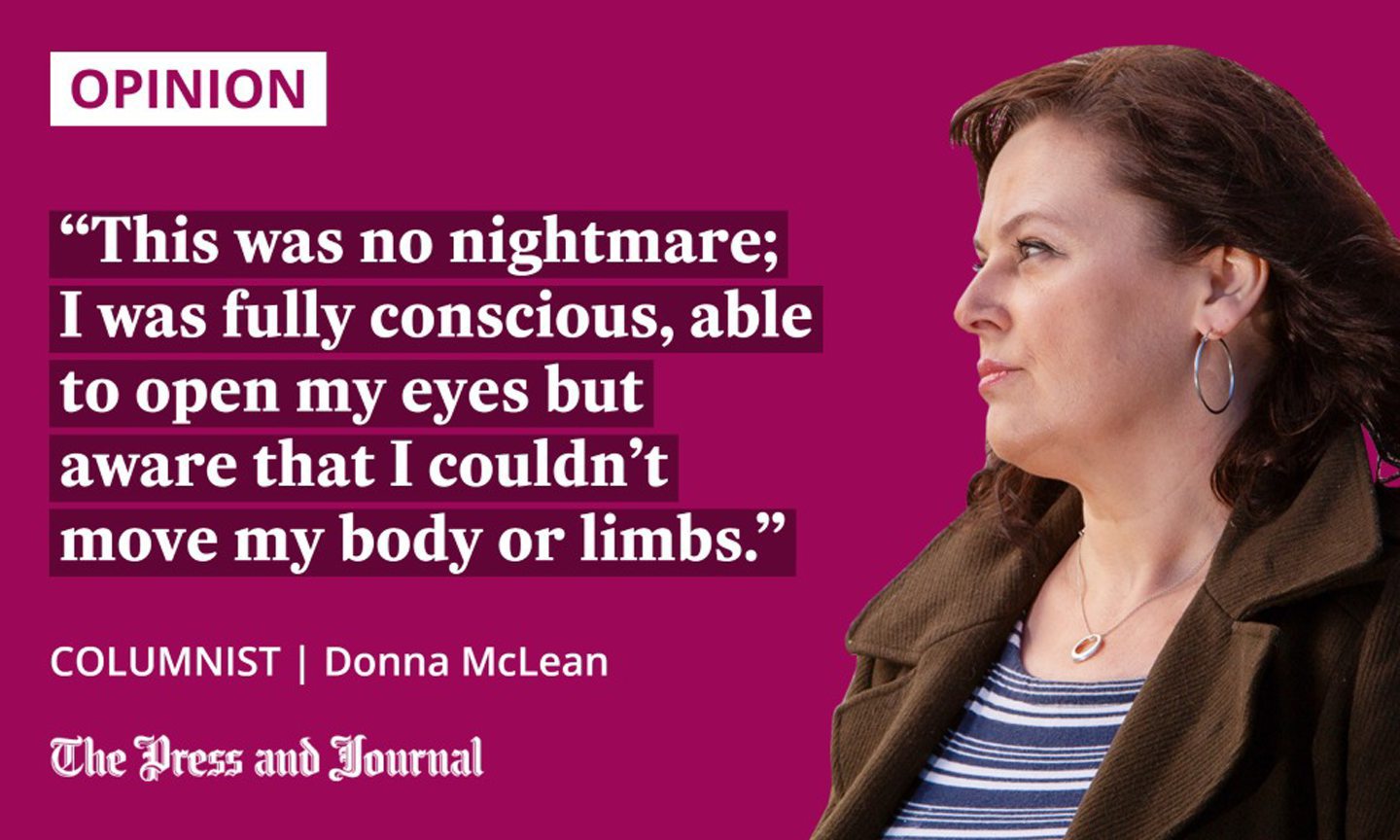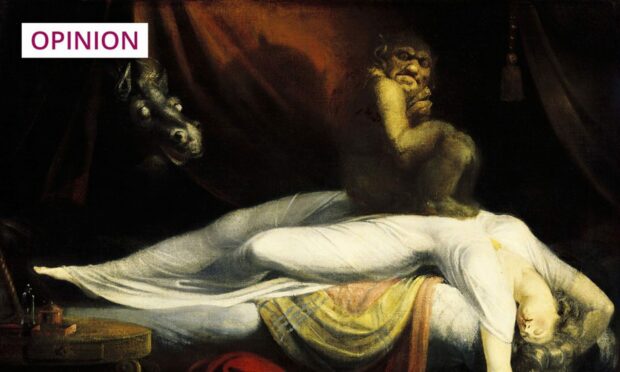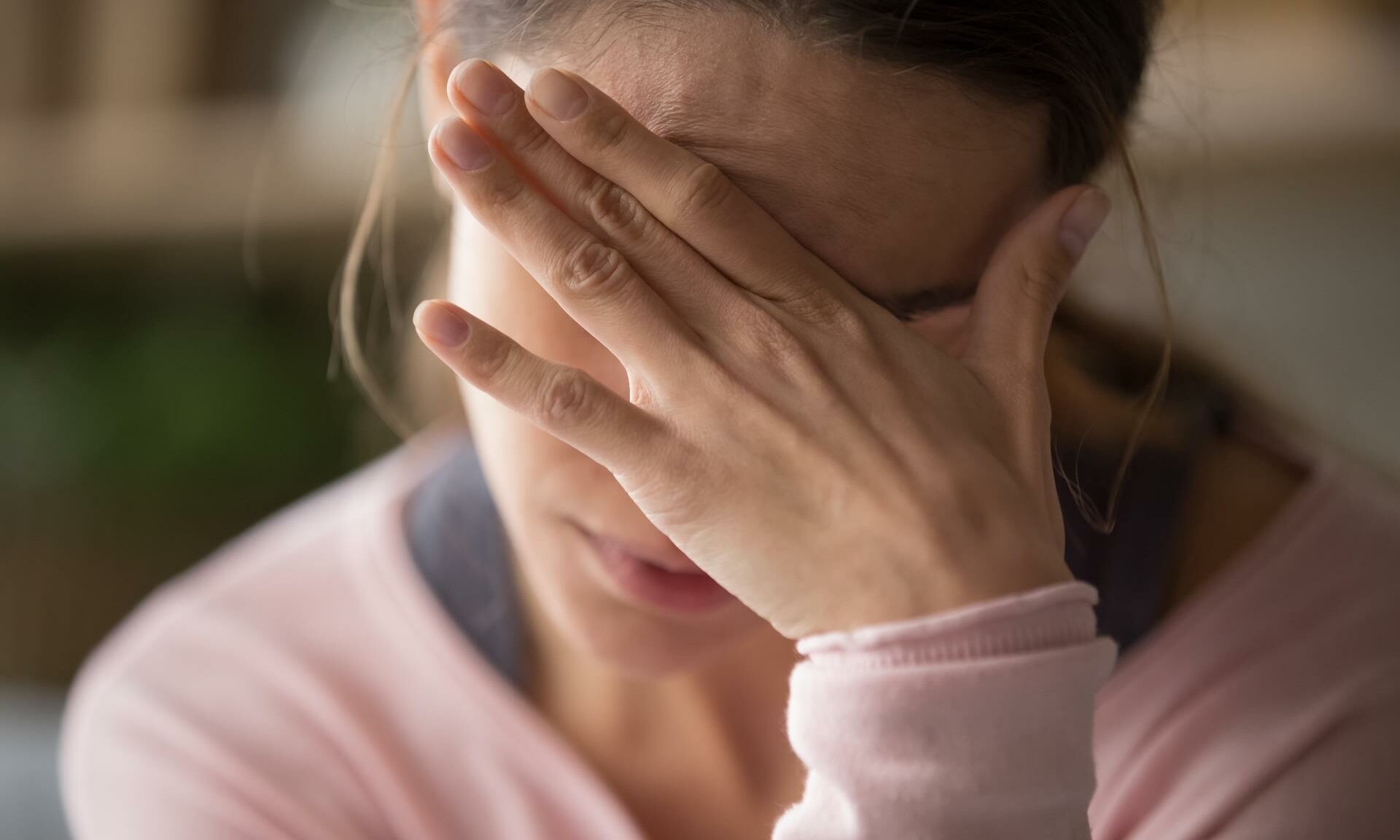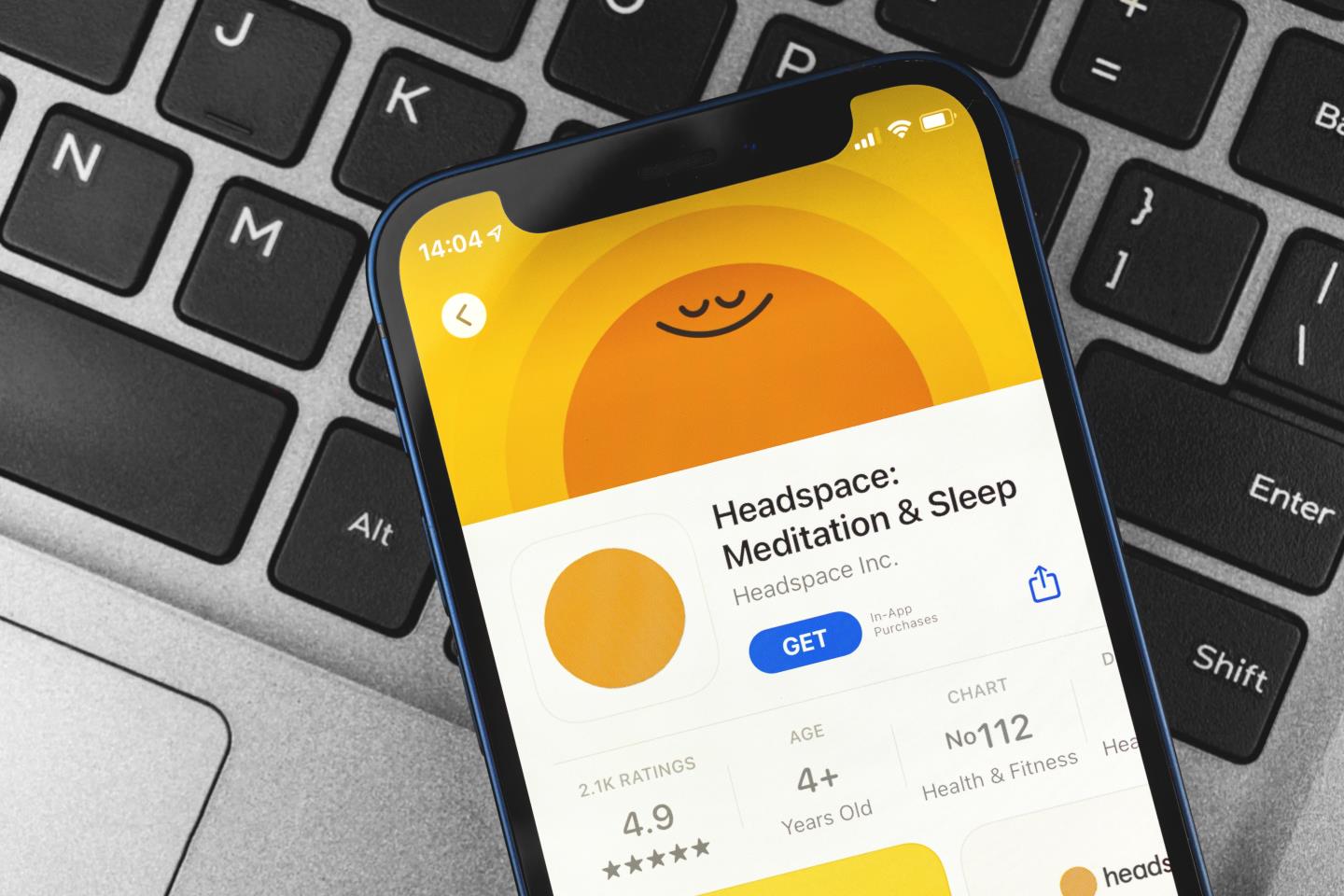I’m in a room that looks familiar.
There’s a red wall and dark wooden blinds. The lamp is still switched on, although it’s the middle of the night.
The quilt feels oppressively heavy, uncomfortable on my legs, so I try to shift it, attempting to turn on my side. But I can’t move my body. I notice that I’m soaking wet. Is it blood? My thighs feel sticky, not like sweat.

I try to call out for someone to help me, but the words won’t come. This is a silent scream. Any movement is impossible; arms, legs, head, neck are all paralysed. I am terrified. Am I having some kind of stroke?
A few hours later, in the light of day, I’m still feeling dazed as I attempt to recount this experience down the phone to my unsuspecting boyfriend, who is 500 miles away and on a quick tea break at work. I’ve never had that, he says, sounding horrified. Nightmares, definitely. But not that.
This was no nightmare; I was fully conscious, able to open my eyes but aware that I couldn’t move my body or limbs. It sounds like I am recalling a scene from a cheesy horror film. I’m now cross with myself, for mentioning this only a few days ago. Have I summoned the old demons back again? Why now?
More than a nightmare
The bizarre experience I’m describing is a surprisingly common phenomenon known as sleep paralysis, which I’ve had sporadically for almost 30 years.
The first time it happened, I was a student, living in Edinburgh. I woke up to find myself unable to move and with a strong sense of there being a threat in the room. I could see my own bedroom and was able to move my eyes from side to side, but not my head or my body.
Each episode would typically involve the feeling of paralysis, difficulty breathing, trying to scream with no sound emerging, and hyper-real threats
After that, I suffered from regular attacks of sleep paralysis for a couple of years. They stopped when I moved away, to London. There was a reassuring lull for over a decade, but they intruded again in 2016, soon after I found out that my ex-partner was not who he said he was. In fact, he was an undercover police officer, deployed to spy on my friends.
Each episode would typically involve the feeling of paralysis, difficulty breathing, trying to scream with no sound emerging, and hyper-real threats, like an intruder in the house.
I haven’t had an attack for over two years. So, why now? Periods of stress and sleep disruption can be a trigger. I’m going through some major life changes, and I’ve recently had a bereavement. Then there’s last week’s invasive hospital procedure. Maybe that, or my poor sleep pattern, explains it.
Not a modern phenomenon
As a sufferer, I’m aware of many depictions of sleep paralysis in the arts, from Dracula to Moby Dick, Dostoevsky to Hemingway. One of the most striking images is the 1781 painting The Nightmare by Henry Fuseli.
A woman lies draped across a bed, her arms, neck, and head dangling off the end. A malevolent ape-like figure squats on her chest, while a ghostly horse emerges from the background. When the painting was first shown at the Royal Academy in 1782, it shocked visitors and critics alike. Freud allegedly had a copy of the painting on his wall.
It’s hardly surprising, then, that sleep paralysis is often viewed through a dramatic lens, but the explanation for it is actually quite straightforward. During normal sleep, the brain and body pass through four stages of sleep to enter the REM stage, so-called because of the rapid eye movements that occur.
Throughout the cyclical REM periods the muscles of the body are paralysed. During sleep paralysis, however, there’s a glitch with the normal process and the mind wakes up but the body remains asleep. This can result in bizarre and sometimes terrifying hallucinations.
Scary but not dangerous
Sleep paralysis is scary, but not dangerous. Many people experience it just once in their lives, but between three and 6% of the population will experience it more often.
Students face a higher probability, as do people with narcolepsy, anxiety or trauma-related disorders. This might explain the initial onset for me in my early 20s, and then the recurrence in my 40s, when I discovered the truth about my ex-partner.
What helps? A regular sleep routine and minimising disruption during the night. Psychological therapies may benefit those experiencing severe episodes.
As for me, I’ll try mindfulness exercises and verbena tea to ward off the sleep demons. Wish me luck!
Donna McLean is originally from Ayrshire and is a mum of twins, writer and activist
Donna McLean: 50 years of sadness and joy have taught me to cherish love above all













Conversation